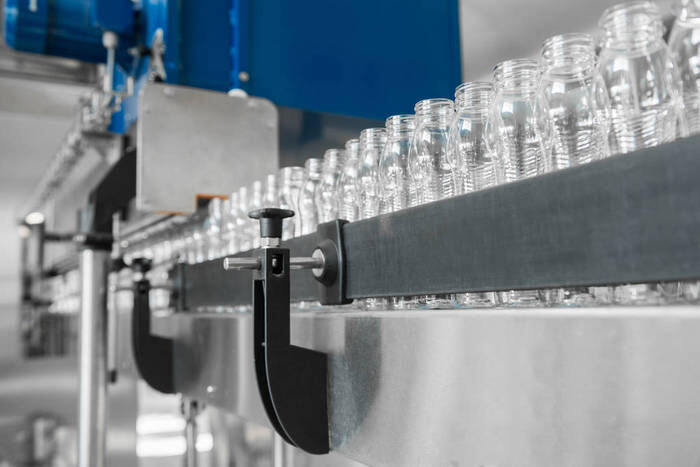GH4033 Plate is a Ni-Cr-based precipitation hardening deformed superalloy, with aluminum and titanium added to form a precipitation strengthening phase. It has sufficient high temperature strength when used at a temperature of 700-750 degrees Celsius, good oxidation resistance below 900 degrees Celsius, and good hot and cold processing properties.
Specifications |
In stock, can be customized according to customer requirements |
Form |
Plate,Bar,Pipe,Wire |
Classification |
Superalloy |
θ/℃ |
100 |
200 |
300 |
400 |
500 |
600 |
700 |
800 |
900 |
λ/(W/(m·C)) |
11.30 |
12.97 |
14.64 |
16.32 |
17.99 |
20.08 |
22.59 |
25.11 |
27.62 |
% |
C |
Cr |
Ni |
Al |
Ti |
Fe |
Mn |
Si |
P |
S |
B |
Ce |
Min |
0.03 |
19.0 |
Balance |
0.6 |
2.4 |
- |
- |
- |
- |
- |
- |
- |
Max |
0.08 |
22.0 |
- |
1.0 |
2.8 |
4.0 |
0.35 |
0.65 |
0.015 |
0.007 |
0.01 |
0.01 |
θ/℃ |
Oxidation rate/(g/(m3·h)) |
Oxidation rate/(g/(m3·h)) |
Oxidation rate/(g/(m3·h)) |
Oxidation rate/(g/(m3·h)) |
25h |
50h |
75h |
100h |
|
800 |
0.086 |
0.064 |
0.051 |
0.045 |
900 |
0.212 |
0.171 |
0.133 |
0.118 |
1000 |
0.732 |
0.491 |
0.376 |
0299 |
1. GH4033 alloy plate has good hot processing performance, with a forging heating temperature of 1140°C and a final forging of 950°C.
2. The average grain size of the GH4033 alloy plate is closely related to the deformation degree and final forging temperature of the forging.
3. The GH4033 alloy plate can be welded by argon arc in the solid solution state. It should be processed in time after welding to eliminate the welding stress.
4. Surface treatment process: The mechanically processed parts need to be electropolished. If mechanical polishing is used, the final polishing and wear marks should be consistent with the length direction of the blade.
5. The heating rate for solution treatment of parts should not be too fast, and a stepped heating curve can be used.

The manufacturing process of stainless steel and alloys involves multiple steps to transform raw materials into flat,rectangular sheets or plates made of stainless steel and alloys. Here are a few key steps for stainless steel and alloys:

Molten stainless steel and alloys are cast into large ingots or billets through a casting process.

During the hot rolling process,the thickness of the steel ingot is gradually reduced and elongated to form long strips or coils.

Annealing involves heating stainless steel and alloys to a specific temperature and then slowly cooling it.

Cold rolling is carried out through rolling mills to reduce thickness to meet customer specifications.
Wuxi Walmay Metal Co,Ltd is a comprehensive processing group of Alloy Steel、Forged Parts Fitting、Titanium Alloy、Stainless Steel、Special Welding Wireseries, and more than 800 specifications.
Our group has been engaged in the domestic and global market for more than ten years with rich steel experience and can offer professional advice for customers inapplications with different materials.
Machine cutting
Sheet cutting
plasma cutting
Dynamic waterjet cutting
sawing
Plank leveling
polishing
laser cutting
laser cutting
production cutting
Long product cutting
Bar and structural cutting
polishing
Heat treatment and annealing: Wuxi Walmay Metal can heat treat certain 400 series stainless steels.
Material Reliability Identification (PMI): Wuxi Walmay Metal can complete this testing in-house.
Ut Testing: Ultrasonic testing (UT) uses high-frequency sound energy to inspect and measure stainless steel products.
Our professional sales team answers your questions within 24 hours.
Copyright © Wuxi Walmay Steel Co.,Ltd All Rights Reserved